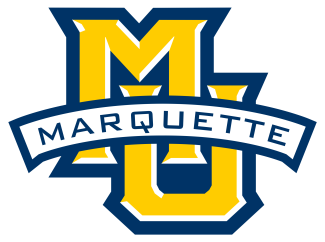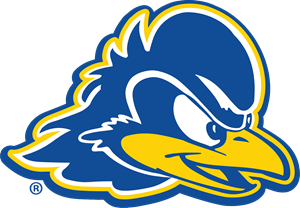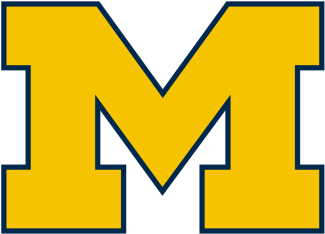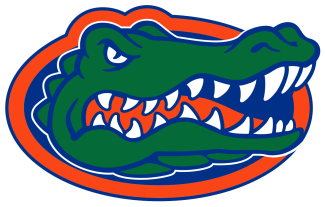13. SYRACUSE
2018 record: 8-7 (4-0 Atlantic Coast)
Last seen: Bowing out in the first round of the NCAA tournament against Cornell, the eighth time in the last nine years the Orange didn’t advance to the final weekend of the season.
Senior starts lost: 30 of 150 (20 percent)
Senior scoring departing: 52 of 266 points (19.5 percent)
Initial forecast: Those who believe in experience above all else will view Syracuse as a darkhorse heading into next year. The Orange graduated only five players, with attackman Brendan Bomberry and goalie Dom Madonna the noteworthy departures. For those who value what’s actually been accomplished on the field, Syracuse will be worthy of skepticism. This evaluation tilts toward the latter school of thought, in large part because of the answer to the most basic of questions: What do the Orange do well? It ranked in the top 20 nationally in shooting percentage (.328, 12th overall) and ground balls (30.47, 17th in the country), but was also in the bottom half nationally in scoring defense (tied for 43rd), man-down defense (46th) and clearing percentage (50th). The offense brings back a bunch of useful pieces but not a dominant centerpiece; midfielder Jamie Trimboli (21 goals, 10 assists) was an honorable mention All-America pick. The defense was rarely a threat for a shut-down day against high-end competition, with just four of 15 foes (Binghamton, Notre Dame, Hobart and Colgate) held to fewer than 10 goals. It’s going to overwhelmingly be the same guys next year, and without a considerable collective step forward, 2019 will be pedestrian — a word almost never used to describe the Orange.
12. PENN STATE
2018 record: 8-6 (2-3 Big Ten)
Last seen: Getting eliminated from Big Ten tournament — and, effectively, NCAA tournament — contention with a loss at home to Michigan to close the regular season.
Senior starts lost: 14 of 140 (10 percent)
Senior scoring departing: 40 of 271 points (14.8 percent)
Initial forecast: Stop if you’ve heard this one before — Penn State could be the breakout team of 2019. It hasn’t always worked out that way; the Nittany Lions have two NCAA appearances (2013 and 2017) in eight seasons under Jeff Tambroni, and the Big Ten isn’t getting any easier to navigate. Yet the peripheral details suggest this could be a team due a surge in the wake of a disappointing 2018. Penn State only loses a pair of major pieces (short stick defensive midfielder Tripp Traynor and midfielder Ryan Keenan), and it should get attackman Grant Ament (30 goals, 30 assists in 2017) back from a foot injury. The Nittany Lions still scored in bunches without Ament, and four 30-point point scorers (led by Mac O’Keefe and Nick Spillane) will be back as well. Penn State took a major step forward at the defensive end, cutting its goals allowed by more than one per game. Credit the improvement to three areas: Sophomore goalie Colby Kneese settling into his starting role; progress at close defense; and the excellence of faceoff man Gerard Arceri (68.1 percent). There aren’t looming holes in any of those areas, and a team that beat Johns Hopkins and thumped Ohio State should be back in the postseason picture next spring.


























































